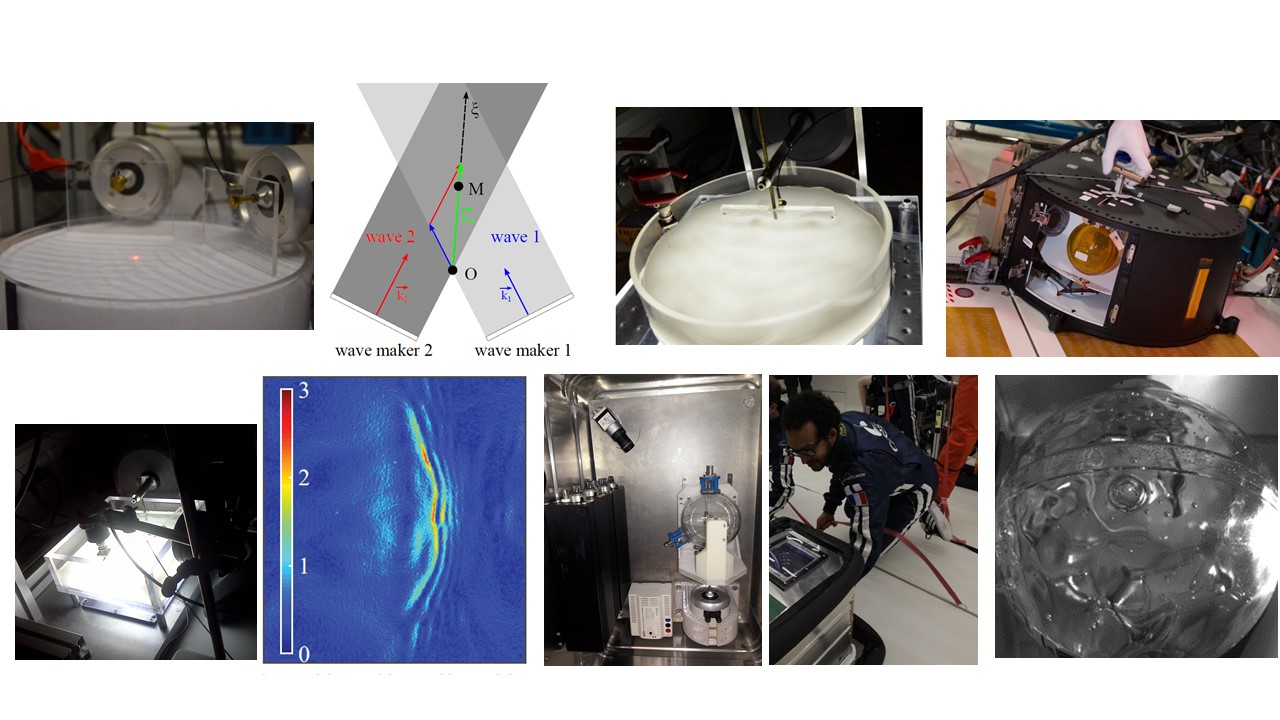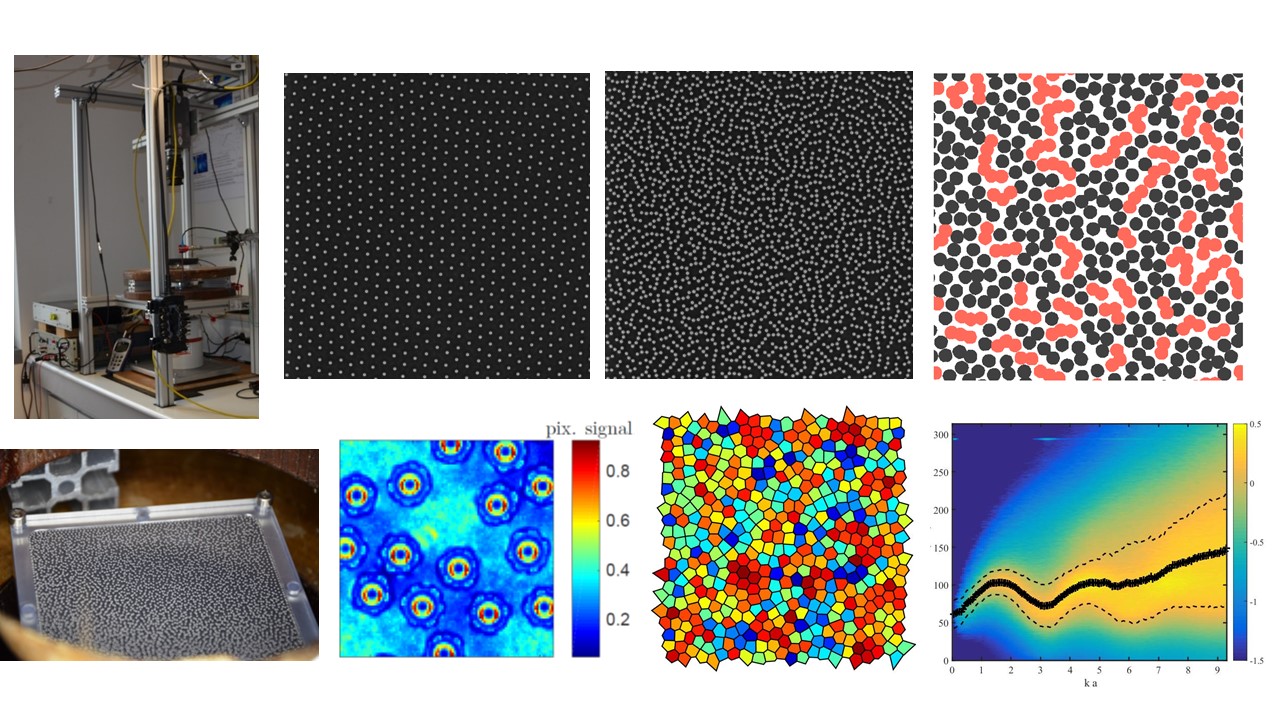Research
Hydrodynamics of the erosion by dissolution
In the nature, landscapes are shaped by the erosion of surface rocks by the wind and water flows. In addition to the mechanical erosion, where the flow carry solid particles, dissolution or chemical erosion constitutes an important mechanism transporting the minerals under the form of solute into a water liquid phase. For soluble rocks, like limestone,gypsum and salt, dissolution dominates. In these cases, below the Earth surface, cave networks are carved by underground rivers and at the surface incised rock pavement or stone forests are created by the rainfalls. At smaller scales,intringuing and spectacular patterns are reported like wall undulations called scallops created by fast flows or dissolution grooves called the Rillenkarren on inclined surface exposed to precipitations. As the solute transport by the flow controls in most cases the local erosion rate, We study the role of the hydrodynamics to explain the emergence of patterns and to predict the mass transfer. We combine laboratory experiments with fast dissolving materials, numerical simulations and models depending on the hydrodynamic configuration.

Wave interactions and wave turbulence
The surface of the sea, lakes and rivers often appears to be complex and disorderly. Indeed, we observe the superposition of many waves of various sizes and propagating in different directions. We are in the presence of a dynamic and multi-scale state of great complexity, called wave turbulence. It is these states that we seek to understand by appealing to a more general theory of wave turbulence which applies to all types of waves, but whose scope of application is quite restrictive. In a rough sea state, many wavelengths are present simultaneously. The surface of the sea becomes completely different after a few seconds and it is thus illusory to predict its evolution in detail. The relevant method for describing a very mixed state consists in adopting a statistical approach and being interested, for example, in the size and amplitude distribution of the waves as a function of meteorological parameters and in the distribution of the waves. Indeed, waves are most often initially created by the wind, but they have their own evolution because they interact with each other, unlike other types of waves such as light and sound. A large scale, the dominant restoring force is the gravity, defining gravity waves. In contrast, at small scale for wavelengths typically smaller than the centimeter, the waves are said capillary, because the main restoring force is the surface tension. By so-called nonlinear effects, waves can exchange energy and new waves can be created due to wave interaction mechanisms. We studied in experiments specifically the three-Wave interactions for cappilary gravity waves. In presence of significant dissipation or for small wave fields, we show that waves generated by a forced interaction can generate waves, which do not follow the linear dispersion relation. Then, we studied in the laboratory, capillary wave turbulence, when forcing produces gravity waves, which generates a cascade of capillary waves at smaller scales. In addition, we studied the turbulence of pure capillary waves by performing experiments in weightlessness in the international space station and in parabolic flights.

Magnetic granular gas and statistical physics at the lab-scale
The organization of the matter results generally from two competing mechanisms : the thermal agitation and the distance interactions between the molecules and atoms, whose the medium is composed.A large part of condensed matter physics studies the resulting microscopic structure to infer the thermodynamic and mechanical properties. We proposed an analog macroscopic experiment reproducing this competition at the macroscopic scale. During the PhD thesis of Simon Merminod (defended in October 2016), we developed a new device to study the dynamics and the structure of granular particles in presence of mechanical agitations, of magnetic dipolar interactions and of the confinement in a thin layer. Using particle tracking techniques, the positions, trajectories and velocities of each particles are reconstructed in a window of observation. Depending on the initial filling and on the other parameters values, a large variety of phases are observed. As energy must be continuously injected to remains in a statistically stationary state, the array of vibrated particles constitutes an out-of-equilibrium system. By introducing repulsive remote interactions in the horizontal plane, the rate of dissipative collision can be ajusted. In a fluid phase, without collisions, we reach for homogeneous forcing a state corresponding to the equipartition, i.e. the amplitude of velocity fluctuations are equally distributed into the spatial scales. We showed also that in driven granular media, the velocity fluctuations can be understood as the propagation of mechanical waves analog to the phonons of the condensed matter. However, due to the dissipation induced by particle wall collisions, these waves are significantly damped.
